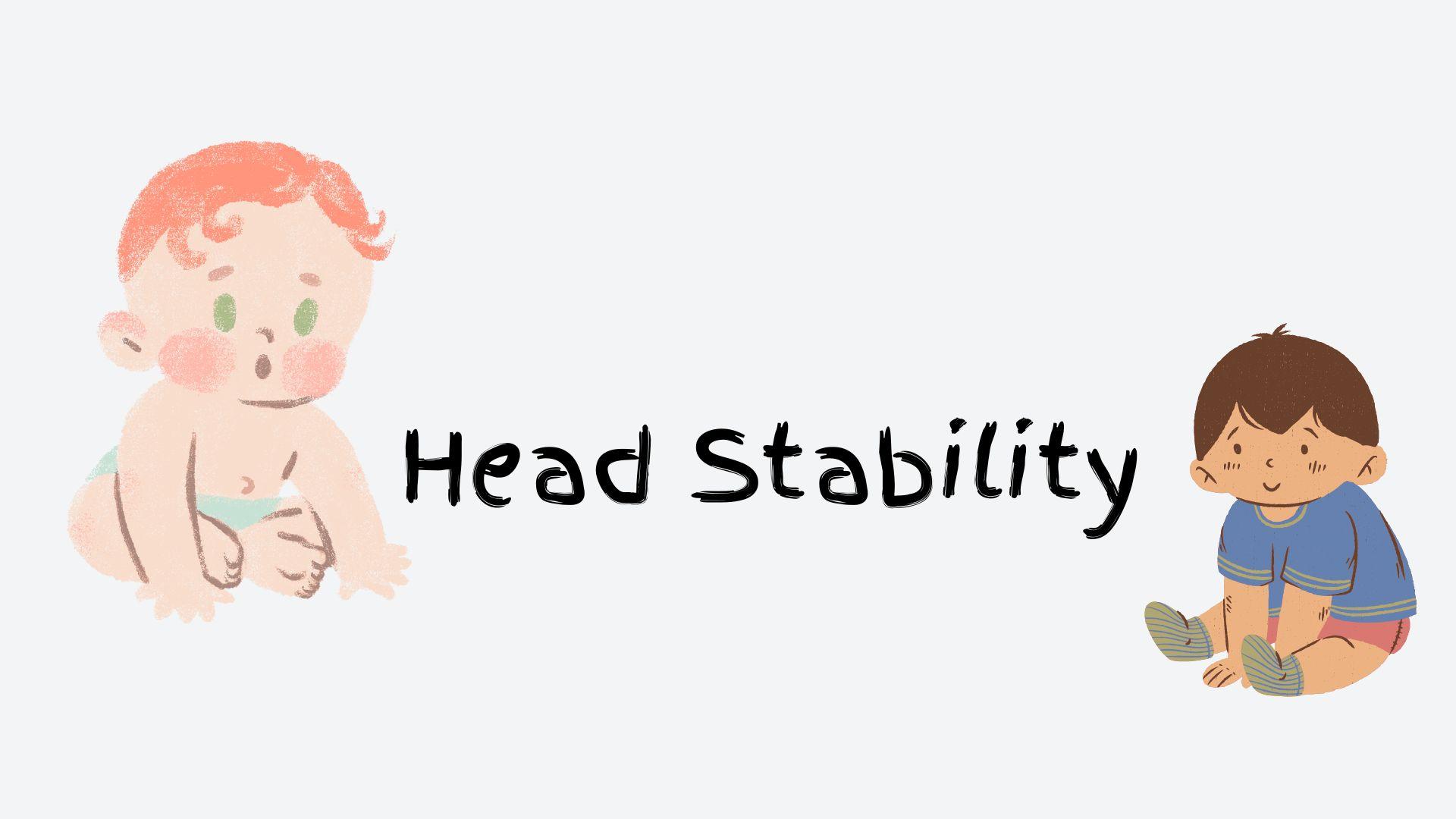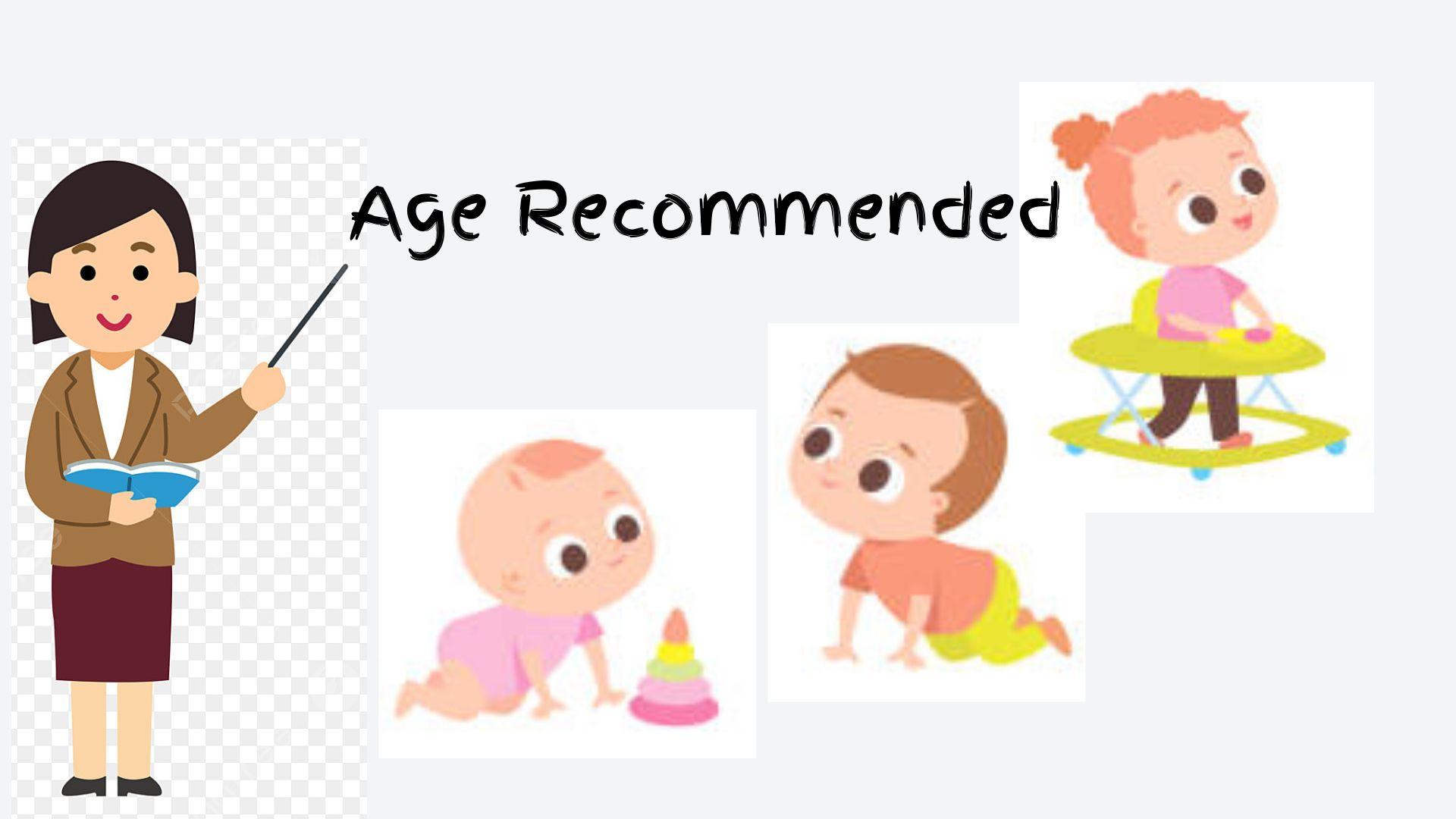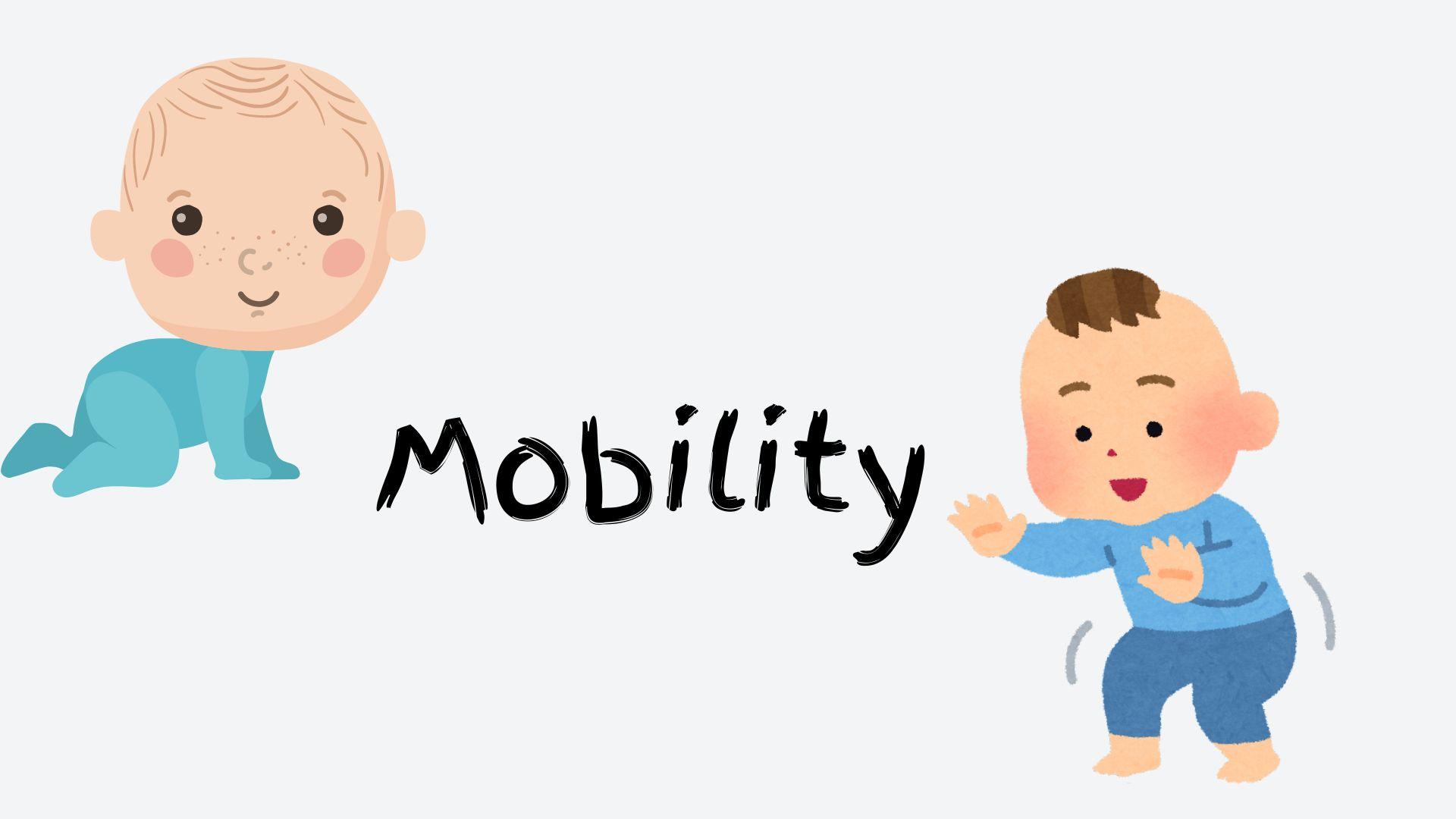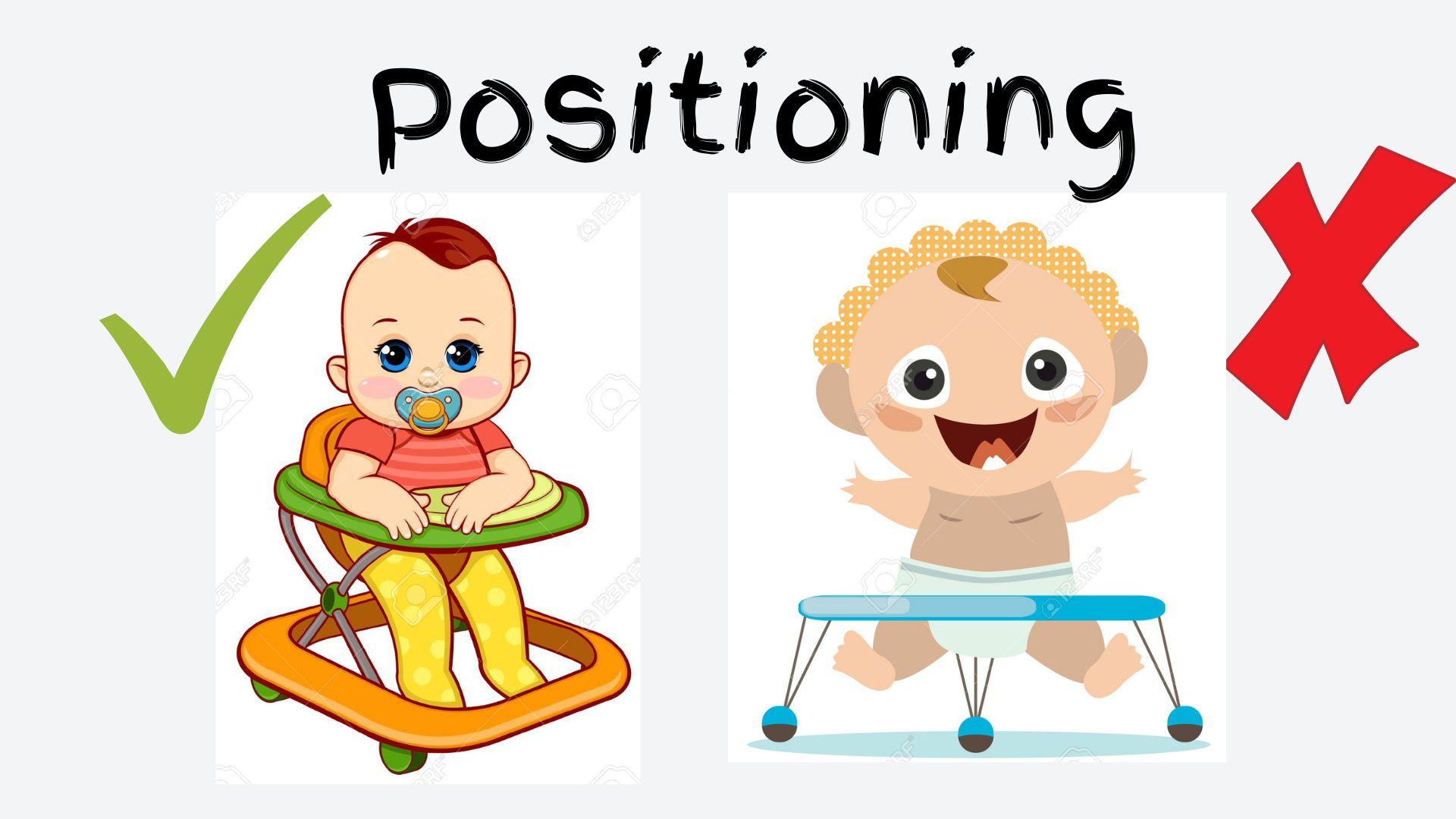
Introduction:
It helps children with walking skills and exploring the house and their surroundings. It is designed to assist the child in their travel towards independent mobility. Yet, when introducing a baby walker to your child, we must be careful with routine. This article will discuss if and when you need a baby walker.
When Is the Best Time?
When introducing a baby walker to your child’s developmental readiness. Suppose you consider the critical factors. There is no set age at which your baby is ready to use a baby walker; there are certain developmental milestones to watch for:
Developmental readiness for baby walker:

Head stability:
When your child has complete control of their head and head up without support. Children usually start to head up in six months when they can sit without support and accumulate strength in the neck and body.

Age:
When your baby starts using a walker, the age recommended is 6 to 8 months. Generally, some children can use a baby walker around six months, when they can sit up without help to control their heads up.
Yet, it is vital to note that every child develops their speed, and few children are ready for a baby walker when they are nearly 8 to 9 months old.

Mobility:
It would be best if you prepared your child for mobility and development. For example, your child can be a good crawler and stand independently.

Positioning:
When your child’s feet can touch the floor, you use a set baby walker. If the child’s feet are hanging while sitting in a baby walker, it is understood that your child cannot prepare to use it.
Signs of readiness for using a baby walker:
It is essential to have these symptoms before using a baby walker. Children who try to stand on their own feet or start to take an interest in their surroundings show an interest in standing up straight, which means they can use baby walkers.
Conclusion:
In this whole article, it is mentioned that baby walkers are being used a lot nowadays, and baby walkers are being used for babies. We must take care of many things: baby walker, Head Stability, and Mobility Edge. Before Using a Baby Walker Most babies try to walk and stand between eight and six months; every baby develops at its rate. Not every baby walks between six and eight months. Everyone has their pattern. Therefore, when we see that the baby is trying to stand up with support or is resting his head in one place, we should put him in a baby walker, and at the same time, we should take care of the baby. After sitting in the walker, his feet should be on the ground. Accordingly, the walker should be adjusted. Lastly, we should keep children in walkers in front of our eyes and away from stairs and dangerous places where children risk falling or getting hurt.
Frequently Asked Questions(FAQs)
Should we put the children in a walker?
There is no set age for babies to sit in a baby walker. Most babies sit up between six and eight months, but we should put babies in a baby walker when they can hold their heads.
How do we know if our baby is fit in a baby walker?
When babies try to sit and walk with support, consider that babies can sit in the baby walker.
Does using a baby walker affect my children’s development?
Using too much baby walker can affect the baby’s walking and crawling. Nowadays, people use more baby walkers, so we should use less because it affects the baby. Affected in development
What precautions should we take before using a baby walker?
We should keep our babies in front of you when they are using baby walker, avoid dangerous places, and choose an adjustable walker.
Are there any alternatives to using a Baby walker?
Yes, many traditional methods protect our babies from developmental crawling, crawling and interactive play mats that strengthen and control our babies and protect them from muscle damage.
